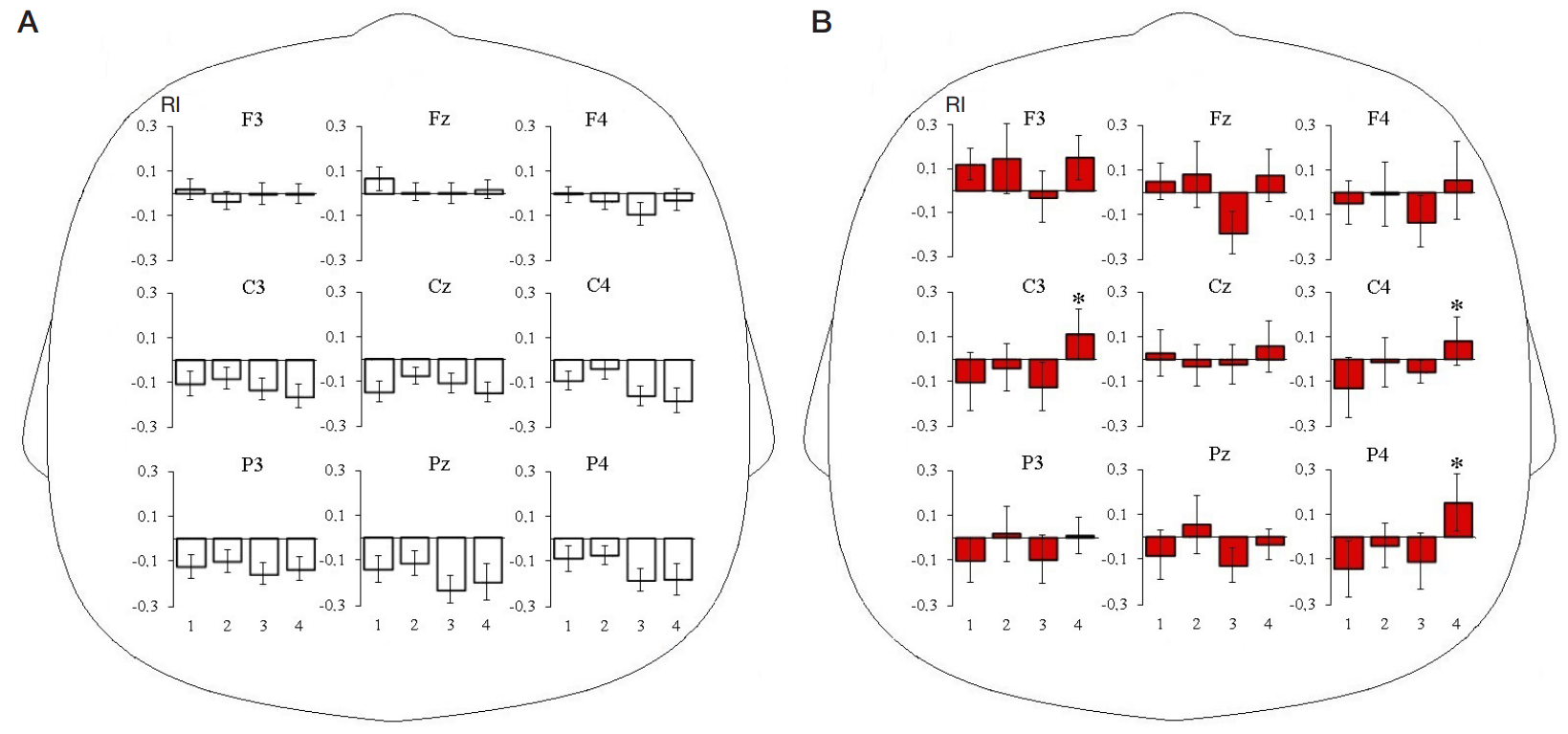
This article is an open access article distributed under the terms and conditions of the Creative Commons Attribution license (CC BY).
ORIGINAL RESEARCH
Features of reactivity of the EEG mu rhythm in children with autism spectrum disorders in helping behavior situations
Vernadsky Crimean Federal University, Simferopol, Russia
Correspondence should be addressed: Vladimir B. Pavlenko
pr. Vernadskogo, 4, Simferopol, 295007, Russia; moc.liamg@55vapv
Funding: the work was supported by the Russian Science Foundation grant № 22-28-00720, https://rscf.ru/project/22-28-00720/
Author contribution: Mikhailova AA, Pavlenko VB — research plan, data processing, article authoring; Kaida AI, Klinkov VN, Orekhova LS, Portugalskaya AA — data collection, data processing, article authoring.
Compliance with ethical standards: the study was approved by the Vernandsky Crimean Federal University ethics committee (Minutes #6 of June 04, 2020). Parents of the children have agreed to their participation in the experiment in writing.


